1920s
The Taste Organ
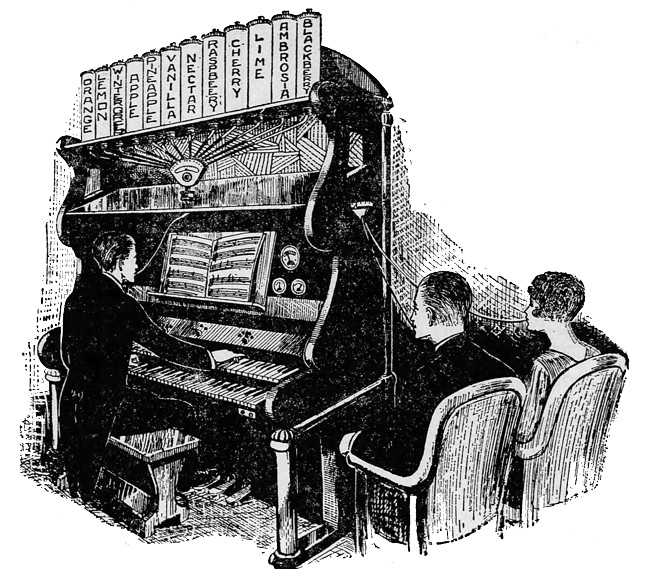
Decatur Herald - Sep 14, 1926
Posted By: Alex - Thu Jan 02, 2020 -
Comments (0)
Category: Food, Inventions, 1920s
Predictions for 2020 from 1920
Published in the Dayton Daily News - Sep 29, 1920. What stands out to me is that the author believed that entirely new forms of power would be in use in 2020... and while wind, solar, and nuclear do provide some power nowadays, the old forms of power (coal and gas) still dominate. So the author was too optimistic about the pace of change.Some one has suggested that the air and the water will furnish us our methods of heat and power in 2020. No one can doubt but that the flying machines of a new and important type, not known today, will be in general use a century removed.
Airplanes probably will be driven by electricity with storage batteries providing the power. Gasoline is not likely to be utilized in 2020. The fuel problem will be solved in a far different way than it is solved now. The air will provide an immense motive power for various things. The sun, doubtless, will be called upon to furnish the greater portion of the heat utilized by manking. Out of the waters on the face of the earth something will be developed for the benefit of the human family.
The automobile will be succeeded by something entirely different. Horses and cows may not be known.
Students of the human race have told us that the primitive man, like the primitive animal, was great in stature. The bones that the scientists have unearthed have verified this. Maybe human beings a century hence will become either much smaller of much larger than they are today. Everything will have changed.
A century past has given us an unlimited amount of great inventions, the sewing machine, electric irons, electric washing machines, airplanes, automobiles, radium and electricity. The next 100 years will see this process of enlargement carried on until it reaches even greater heights.
It may not be a cheerful picture to paint, but most of us will not be here to see the year 2020 roll around. But we can rest assured time will bring changes and improvements. This is a progressive earth and progress has marked each succeeding year since the beginning.

Posted By: Alex - Wed Jan 01, 2020 -
Comments (8)
Category: Predictions, Yesterday’s Tomorrows, 1920s
Dishes cleaned by peeling
Someone obviously spent time to develop these peelable plates. So I wonder what advantage they saw in sticking the plates together, as opposed to just having a stack of cheap, paper plates?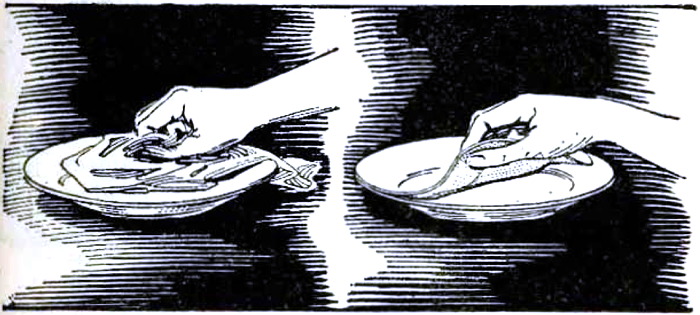

Posted By: Alex - Tue Dec 24, 2019 -
Comments (5)
Category: Inventions, 1920s
Fly-Operated Turtle
Patent No. 1,591,905, granted to Oscar C. Williams of San Diego, CA in 1926, described this curious device.It was a toy turtle. Its body was made of wood or aluminum, while the head, legs, and tail were made from lightweight cork. The user was supposed to insert several flies into the hollow body of the turtle. Their agitations once inside, as they sought to escape, would then cause the movable parts of the turtle to wag from side to side, as if the creature was alive.
I can see several drawbacks. First, you would have to catch some flies and maneuver them (alive) into the turtle. This was done by squeezing them through the leg hole. Handling a fly in this way seems like it could be a challenge.
And once in there, I imagine you'd have to wait until the flies died to get them back out. So, essentially, it was a fly torture device.
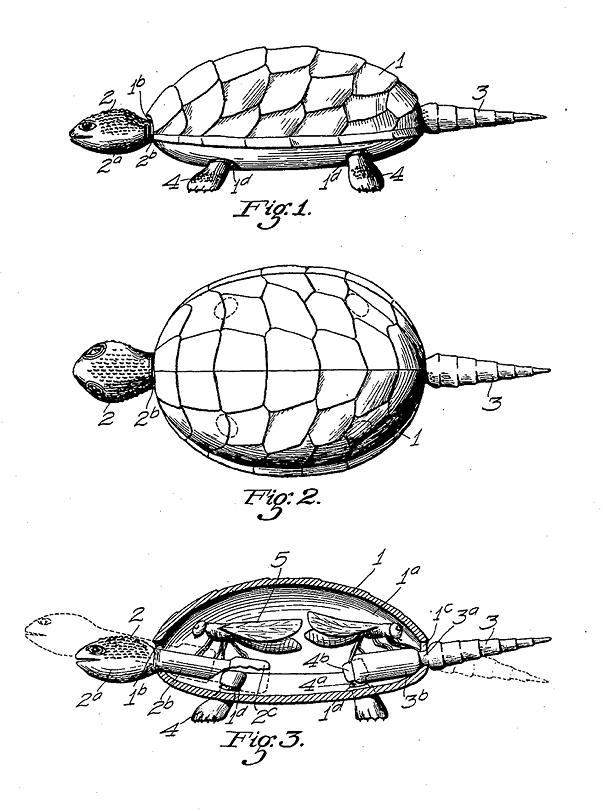
Posted By: Alex - Sun Dec 22, 2019 -
Comments (4)
Category: Insects and Spiders, Inventions, Patents, Toys, 1920s
Mining Accident Dolls
In 1922, the Bureau of Mines created a series of educational dolls to illustrate common mining injuries, and how they should be dealt with in an emergency. The dolls were exhibited at various mining centers. According to Popular Mechanics (Sep 1929) the dolls were also "intended to serve as a safety warning.”As far as I know, there's never been a Mining Accident Barbie (or Ken).
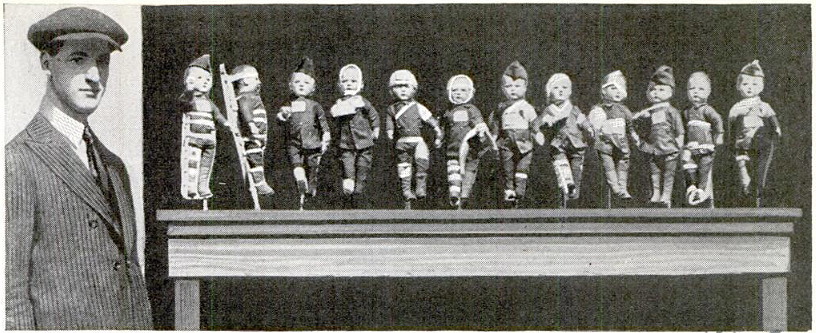
Posted By: Alex - Tue Dec 10, 2019 -
Comments (1)
Category: Accidents, Toys, 1920s
How much total weight does it take to play a song on the piano?
Pianist Moissaye Boguslawski (popularly known as 'Bogie') calculated in 1927 that "in the four minutes it took him to play Rubenstein's 'Staccato Etude' he exerted force of 14,700 pounds." Apparently he then used this bit of esoterica to impress the ladies.The wikipedia entry on Boguslawski notes, "Boguslawski was known for skillfully attracting media attention. A 1936 piece in TIME magazine said of him, 'When straight news about himself is scarce, 'Bogie' is likely to come forth with such a project as his proposal to promote world peace through voice culture, since animosity arises when unpleasant tones are heard.'"

Muncie Evening Press - Aug 11, 1927

Ithaca Journal - Nov 23, 1926
Posted By: Alex - Wed Nov 27, 2019 -
Comments (1)
Category: Music, 1920s
Dog-Collar Engagement Rings
An unusual fad, as reported by the San Francisco Examiner, June 19, 1927:The custom was started by a young woman in one of the college sororities and it spread rapidly. It was generally believed to be something entirely new in the way of betrothal tokens, but had the young woman been a careful student in her history class she would have known that the fad she started was an old one long before the Christian era was born. Jeweled anklets have been discovered in the cinerary urns of the ancient Greeks, with inscriptions which indicate they were tokens of engagement. Bracelets were also common in all ages as tokens of betrothal...
The principal objection to the dog-collar engagement token around the leg seems to be, "What's the use of wearing an engagement ring without anybody seeing it?" To which the answer is, "Nowadays a ring worn about the leg can easily be seen with the skirts of women growing shorter and shorter."
I can think of a few more objections a bride-to-be might have, other than that the dog collar wouldn't be visible.

Posted By: Alex - Tue Nov 26, 2019 -
Comments (6)
Category: 1920s, Weddings, Love & Romance
Dangers of the Charleston
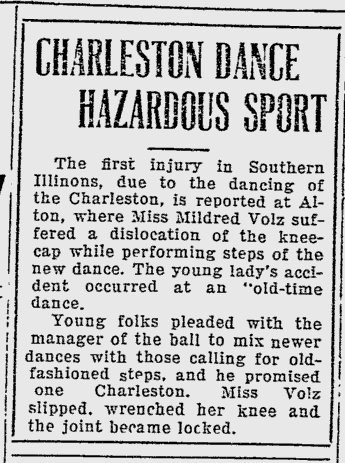
Source.
Posted By: Paul - Sun Nov 24, 2019 -
Comments (1)
Category: 1920s, Dance, Pain, Self-inflicted and Otherwise
A woman dressed only in her hair
San Francisco Examiner - Jun 26, 1927
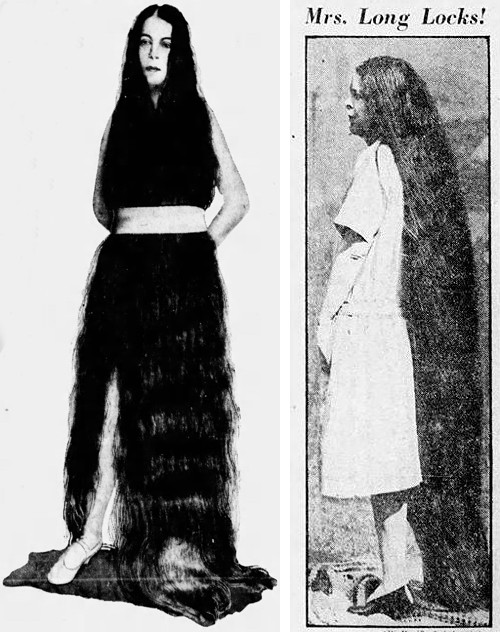
(left) In her birthday suit; (right) fully clothed
Below: Looking a bit like that girl from The Ring movie.
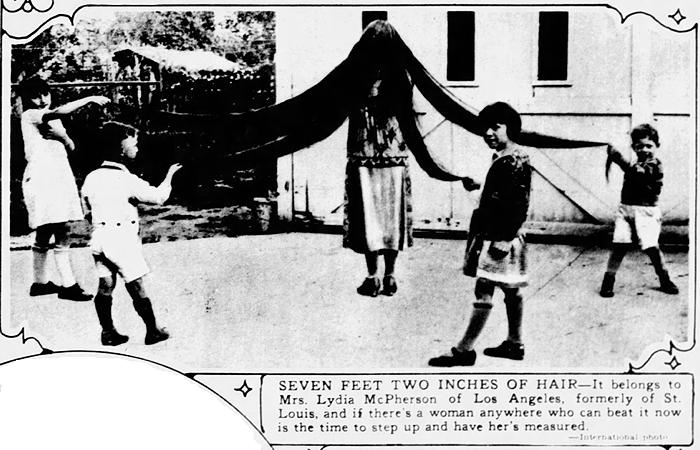
St. Louis Post Dispatch - Apr 24, 1927
The Ring girl, for comparison:
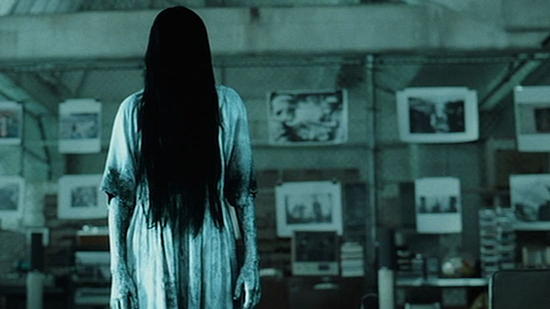
Some more images of Lydia McPherson and her long hair:
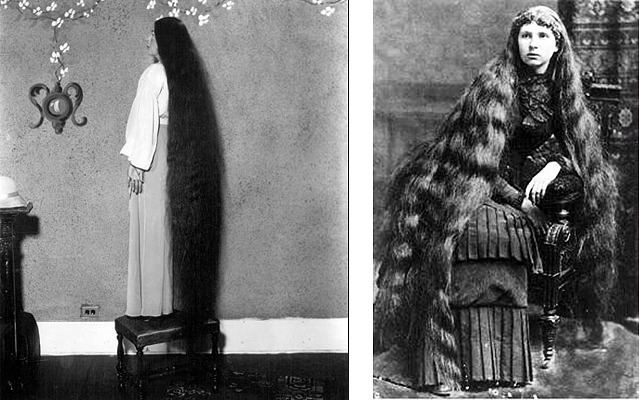
(left) at the 1933 Chicago Odditorium, where she was advertised as having "the longest red hair in the world" (via pbs.org); (right) undated photo (via sisterwolf).
Posted By: Alex - Fri Nov 15, 2019 -
Comments (0)
Category: 1920s, Hair and Hairstyling
Pabst-Ett Cheese
The ad copy claimed that it wasn't cheese. Instead, it was "more than cheese." So what exactly was this stuff?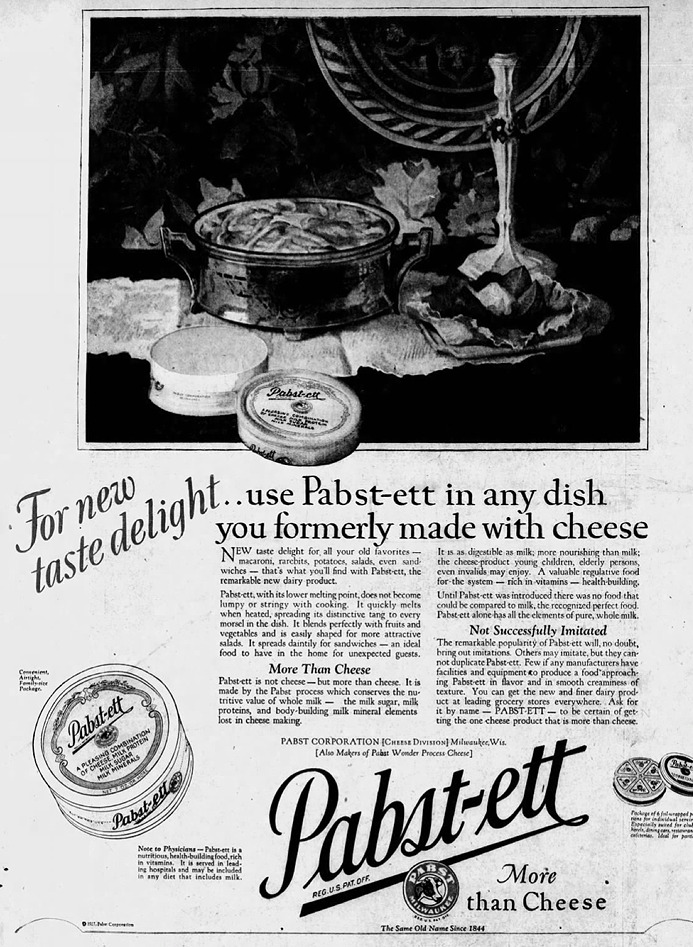
San Francisco Examiner - Aug 7, 1927
It is as digestible as milk; more nourishing than milk; the cheese-product young children, elderly persons, even invalids may enjoy. A valuable regulative food for the system — rich in vitamins — health-building.
The Vintage Recipe Blog explains that it was a "a processed whey cheese similar to Velveeta but more spreadable." The Pabst Brewing Company created it in the 1920s as a way to find an alternative line of business during Prohibition. When Prohibition ended, they sold the rights to Kraft, who discontinued the product a few years later.

Posted By: Alex - Wed Nov 06, 2019 -
Comments (4)
Category: Food, 1920s

| Who We Are |
|---|
| Alex Boese Alex is the creator and curator of the Museum of Hoaxes. He's also the author of various weird, non-fiction, science-themed books such as Elephants on Acid and Psychedelic Apes. Paul Di Filippo Paul has been paid to put weird ideas into fictional form for over thirty years, in his career as a noted science fiction writer. He has recently begun blogging on many curious topics with three fellow writers at The Inferior 4+1. Contact Us |




